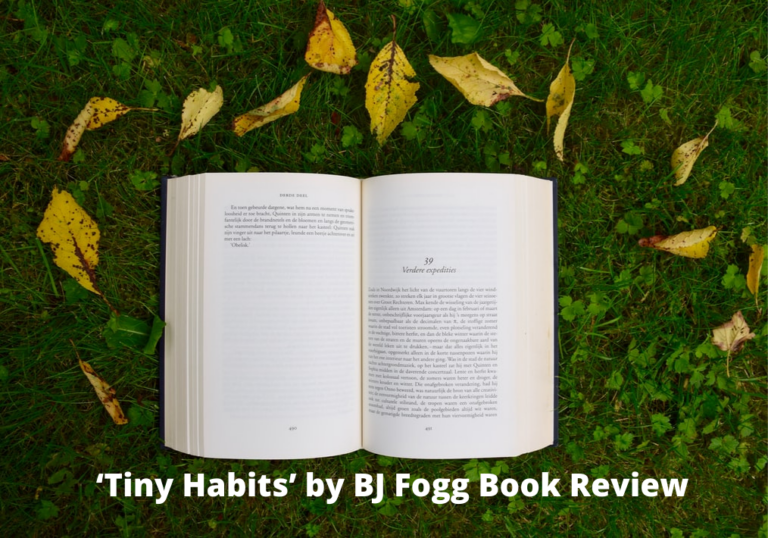

My expertise is any aspect of behavior change, from habit formation to company culture change. I’m always happy to help other innovators. And what I learn in industry improves my Stanford research. For me, working in both worlds makes sense: My Stanford work makes me better in industry. Today I devote about 50% of my time to Stanford and 50% to industry teaching & innovation. This led to creating a new set of models and methods that comprise what I call “Behavior Design.” In January of 2020 I shared 300 pages of new and practical uses for Behavior Design in my New York Times Bestselling book Tiny Habits.

In 2009 my research interests moved away from persuasive technology toward human behavior in general, especially health habits. Now, almost 20 years later, I see my predictions and warnings about persuasive technology were surprisingly accurate.įortune Magazine named me a " New Guru You Should Know" for my insights about mobile and social networks. At the time of publication this book was mostly ignored. In 2002, I published a book entitled, Persuasive Technology, about how computers can be designed to influence attitudes and behaviors. The focus areas include health, sustainability, financial wellbeing, learning, productivity, and more. On the industry side, I train innovators to use my work so they can create solutions that influence behavior for good. I also teach my models and methods in special Stanford courses each year. At Stanford University I've directed a research lab for over 20 years. I am a behavior scientist, with deep experience in innovation and teaching. This way of thinking (using the models) and designing (using the methods) has such potential that we changed the focus and name of my Stanford lab from the "Persuasive Tech Lab" to the "Behavior Design Lab." Taken together I refer to my models and methods as " Behavior Design. With this cornerstone model in place, I was then able to create other models about behavior, as well as effective methods for design. On the other hand, you'll find this model applies to all types of behavior, in all cultures, for people at any age. On one hand, you can learn to think about behavior in this way in two minutes. Here's the simplest way to explain it: "Behavior (B) happens when Motivation (M), Ability (A), and a Prompt (P) come together at the same moment." In written form, my model looks like this: At the time of discovery I was delighted, but I didn't fully grasp the power and potential of this thing I called the "Fogg Behavior Model." In 2007 I solved an important puzzle about human behavior. I teach good people how behavior works so they can create products & services that benefit everyday people around the world.


 0 kommentar(er)
0 kommentar(er)
